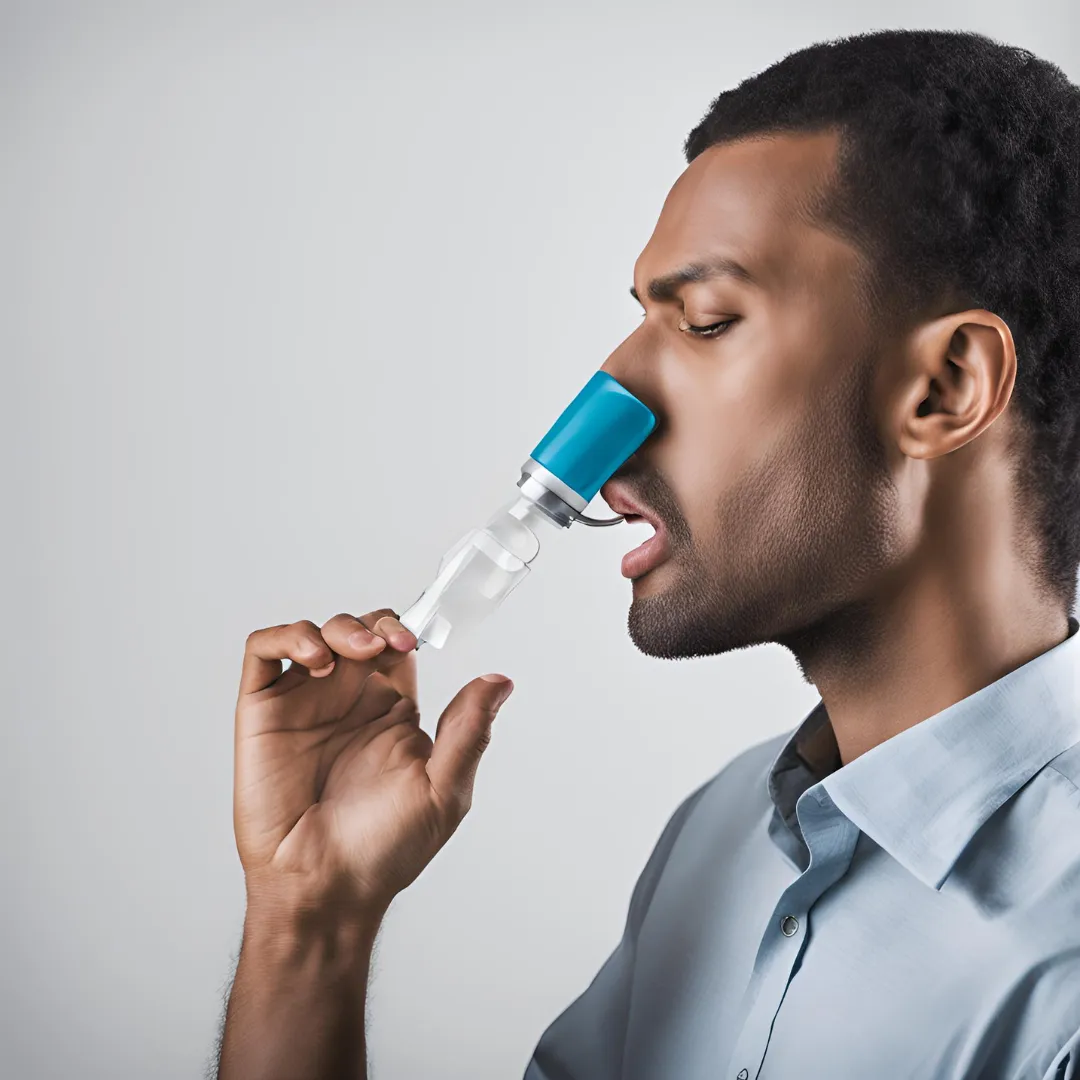
It is 2024, and over 260 million people worldwide are affected by asthma. It is a long term lung condition characterized by inflammation of airways. If not properly managed, asthma can become life-threatening. People with asthma may experience sudden "attacks" where they struggle to breathe due to the narrowing of their airways.
While it’s best not to be alone during an asthma attack, sometimes it happens when help isn’t immediately available. Knowing what to do in those critical first moments could make the difference between life and death.
I intend to guide you through the essential steps to take in other to save yourself during an asthma attack, especially if it catches you all alone.
What Is an Asthma Attack?
Before we talk about stopping asthma attacks, lets know what an asthma attack is. During an asthma attack, breathing becomes difficult due to airway narrowing caused by the tightening of the muscles surrounding the airways. Symptoms vary in severity but often include repeated coughing, chest tightness, and wheezing (a whistling sound when breathing). Attacks are usually triggered by something that the body becomes overly sensitive to, such as dust, animal fur, smoke, or other allergens.
Before an Attack
Those who have experienced an asthma attack know how unpleasant and frightening it can be. It is therefore important to be prepared. Always carry a few essential items with you: your reliever inhaler, a spacer (if you use one), and a phone to call for help if needed.
What to Do During an Attack
Stay Calm and Sit Upright
Panic is a natural reaction during an attack, but it will only worsen your symptoms by causing your airway muscles to tighten further. Focus on staying calm and sit up straight, as lying down can compress your lungs and make breathing even harder.Use Your Reliever Inhaler
Your blue reliever inhaler contains medication that relaxes the muscles in your airways, making it easier to breathe. Depending on your inhaler type, you may need to shake it before use. Take two puffs, inhaling deeply through your mouth, and hold your breath for a few seconds to allow the medicine to reach your lungs. If symptoms persist after 30 seconds, you can take another two puffs, up to a maximum of 10 puffs if necessary.Slow Your Breathing
When an attack happens, your instinct may be to take rapid, shallow breaths, which can worsen the situation by causing hyperventilation. Focus on taking slow, steady breaths. Pursed-lip breathing—breathing in through your nose and out through your mouth, as if blowing out a candle—can help keep your airways open.Call for Help
Always call emergency services or someone nearby for assistance during an attack. Even if you manage to control your symptoms, professional help is essential.
What to Do If You Don’t Have an Inhaler
If you find yourself without an inhaler during an asthma attack, follow these steps:
- Stay calm and sit upright.
- Focus on slow, deep breathing.
- Move away from the trigger, if possible.
- Drink warm fluids to ease chest tightness.
- Create a steam environment by turning on a hot shower and sitting in a closed bathroom (only if this helps your symptoms).
- Call for help immediately.
Avoid the following:
- Do not lie down.
- Do not drink cold fluids.
- Do not panic.
Conclusion
An asthma attack is a frightening experience, but knowing the right steps to take can provide crucial relief. Always ensure you have your inhaler on hand and seek professional help as needed. Never hesitate to reach out for assistance, whether from emergency services or those around you.
This article is for educational purposes and does not replace professional medical advice. Always consult with your doctor for personalized care.
If you found this helpful, check out my other health-related articles on my blog here.